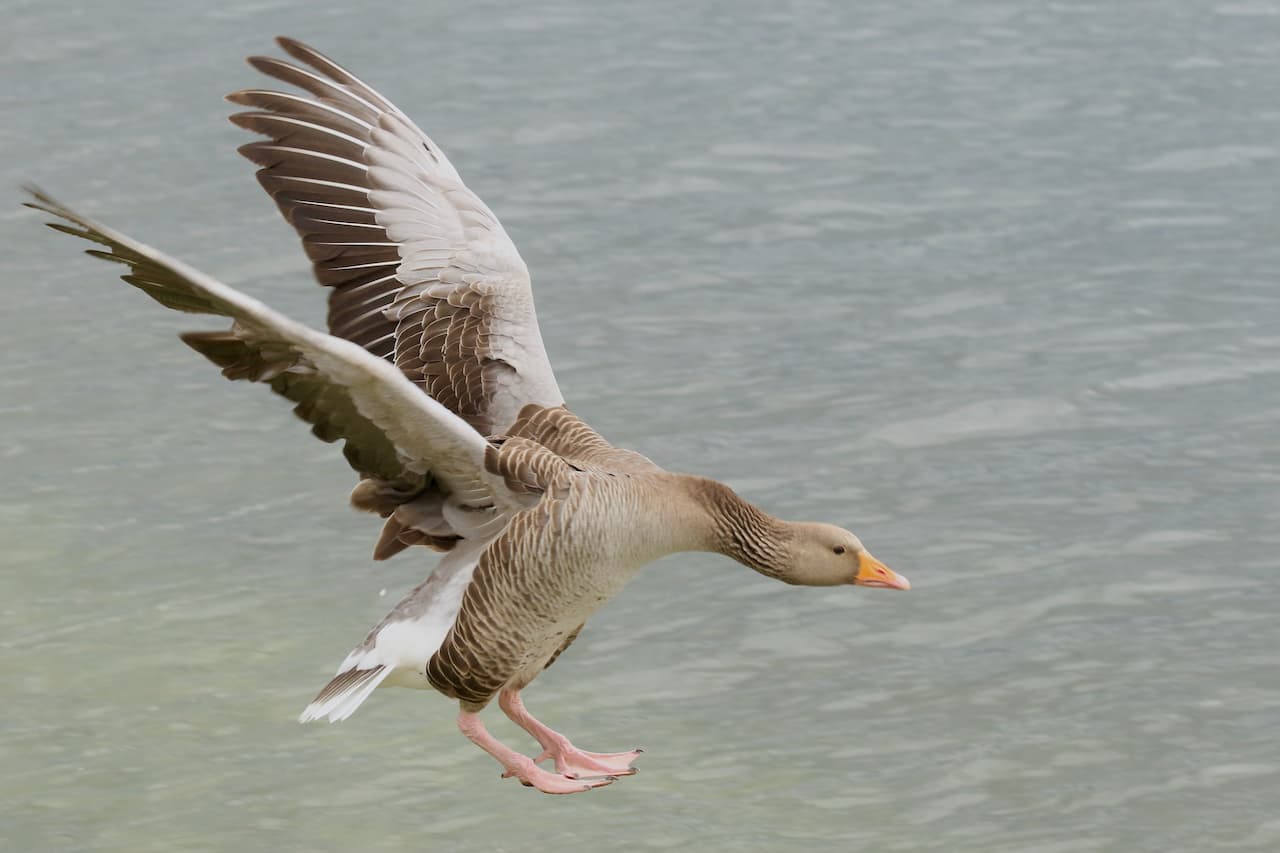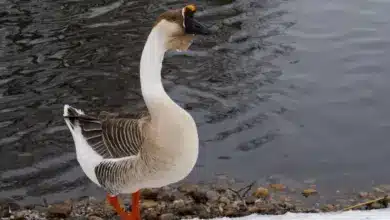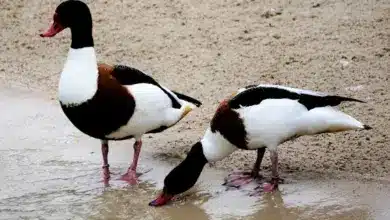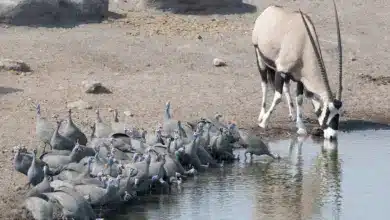The Dwarf Olive Ibises (Bostrychia bocagei) – also known as São Tomé Ibises – are critically endangered ibises with only about 50 surviving individuals occurring in the wild.
Dwarf Olive Ibis were previously believed to be a subspecies of the larger Olive Ibis, but are now by most considered a separate species.
Ibises resemble herons and share many of their habitats and behavioral traits, but unlike herons, ibises fly with necks outstretched and often in V-formation.
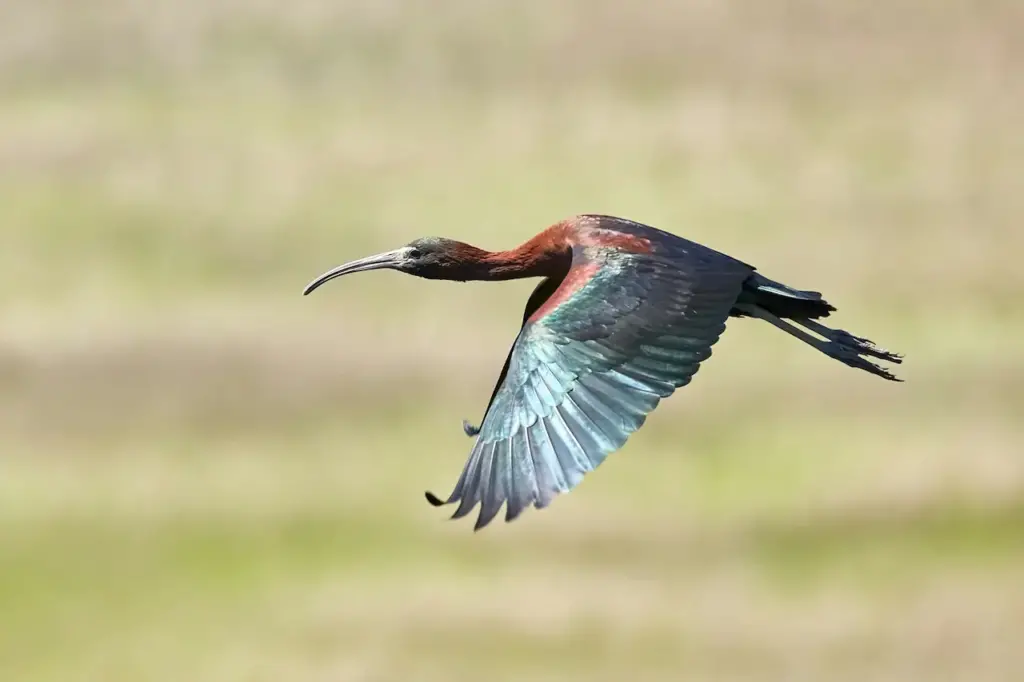
Distribution
As is suggested by the name, the Dwarf Olive Ibises or São Tomé Ibises are native to São Tomé and Príncipe – an island nation in the Gulf of Guinea, off the western equatorial coast of Central Africa; where they are mostly found in primary forest below 450 m altitude.
Their numbers declined due to habitat loss, predation by introduced mammals and hunting.
Description
They plumage is a mostly slight bronze; the head is a dull olive with black surroundings around the eyes and the base of the bill.
Their measurements are as follow:
- Body without tail (tarsus): 52 cm
- Tail only: 95 mm
- Bill: 73 mm
- Wingspan: 248 mm
Calls / Vocalizations
The Dwarf Olive Ibises are generally quiet, but occasionally various coughed grunts can be heard; or – when going to roost – a harsh honking; when alarmed or in distress, their calls sound like kà h-gà h kà h-gà h.
Diet / Feeding
The Dwarf Olive Ibises often forage for food in swampy areas bordering watercourses and on forest floor with sparse undergrowth – particularly where the ground has been disturbed by wild pigs, as well as in shallow waters.
In water, they mostly feed on aquatic insects, mollusks, frogs, and food sifted from the water surface.
Their diet also includes insects caught on land, as well as lizards, worms, skinks, and other small reptiles.
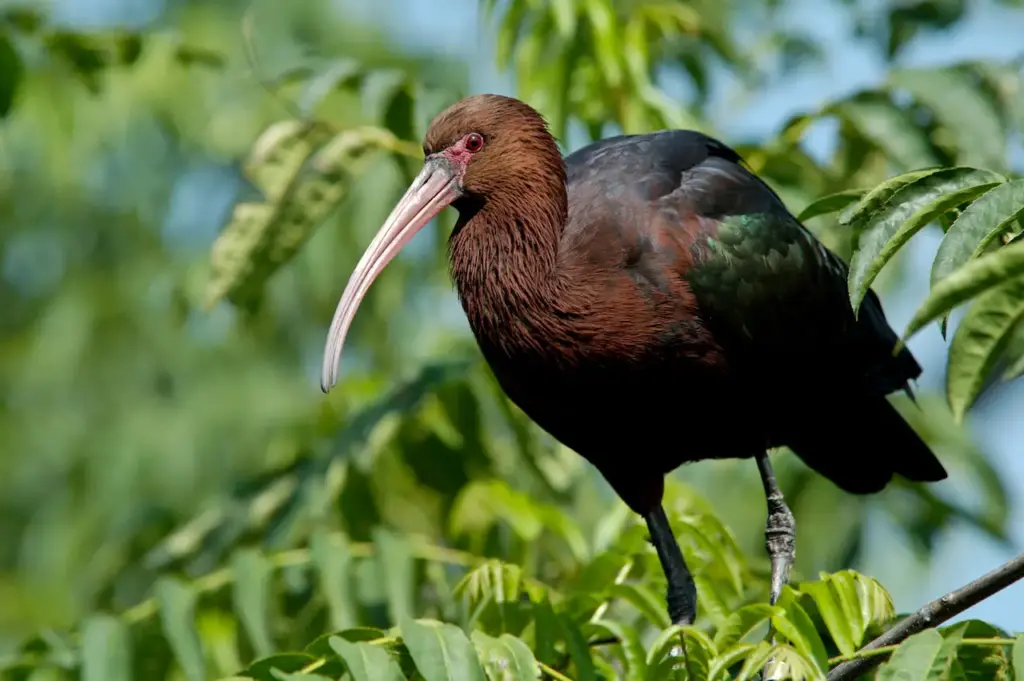
Breeding
Most breeding activities are observed after the rainy season, when plenty of food is available.
They typically nest in colonies, often with other water birds.
The nests are shallow cup-shaped platforms of sticks, grasses or reeds that are typically situated on trees near a body of water, such as rivers, swamps or lakes. Although some ibises also make their nest amongst rocks and on cliffs,
The average clutch consists of 2 €“ 4 eggs. The nests are often reused year-after-year.
Species Research by Sibylle Johnson
Please Note: The articles or images on this page are the sole property of the authors or photographers. Please contact them directly with respect to any copyright or licensing questions. Thank you.

